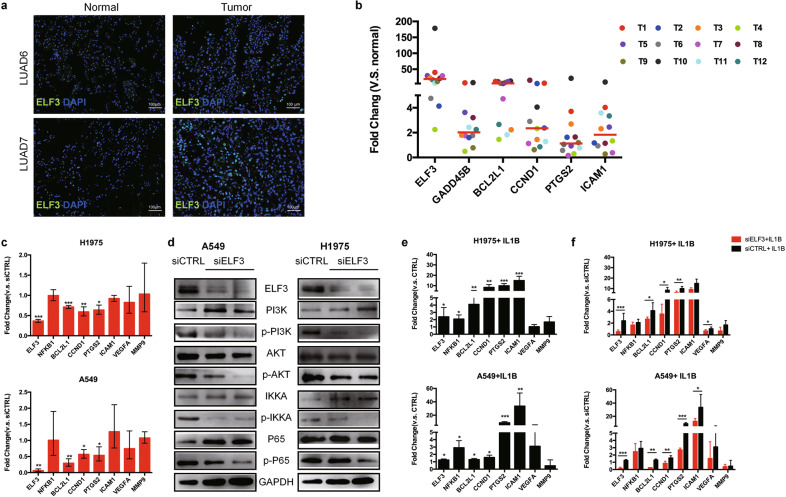Fig. 6. ELF3 can be induced by IL1B and promotes tumor growth through PI3K/AKT/NF-κB pathway.
a Representative immunostaining showed that ELF3 expression in LUAD6 and LUAD7 is higher than that in the matched normal lung tissues. b Expression of ELF3 and selected NF-κB target genes in additional 12 LUAD tumor samples by qRT-PCR. The plot showed that the median expression of ELF3 and NF-κB targeting genes related to proliferation and anti-apoptosis are higher in the tumor tissues than their matched normal lung tissues. Colored dots refer to different individuals. c Expression of ELF3, NFKB1, and selected NF-κB target genes in NCI-H1975 (top) and A549 (bottom) cell lines by qRT-PCR after knockdown of ELF3 by siRNA (The controls were transfected with control siRNA (siCTRL)). In both cell lines, downregulation of ELF3 results in decreased expression of BCL2L1, CCND1, and PTGS2 which are responsible for anti-apoptosis, proliferation, and inflammation in tumor cells respectively. d Western blot showing the protein and phosphorylation levels of the key components in PI3K/AKT/NF-κB pathway in NCI-H1975 and A549 cells transfected with siELF3 or siCTRL. The phosphorylation levels of PI3K, AKT, IKKa, and P65 were decreased after ELF3 knockdown with unaltered total protein levels. e qRT-PCR showing the expression levels of ELF3, NFKB1, and selected NF-κB target genes in NCI-H1975 (top) and A549 cells (bottom) treated with 10 ng/ml IL1B for 1 h. The plots showed that the expression of ELF3 and NF-κB target genes such as BCL2L1, CCND1, PTGS2, and ICAM1 are increased in both cell lines after IL1B treatment. f qRT-PCR showing expression of ELF3, NFKB1, and the NF-κB target genes in NCI-H1975 (top) and A549 cells (bottom) which were transfected with siELF3 or siCTRL before being treated with 10 ng/ml IL1B for 1 h. The plots showed that IL1B induced upregulation of NF-KB target genes are compromised by ELF3 knockdown in both cell lines.

